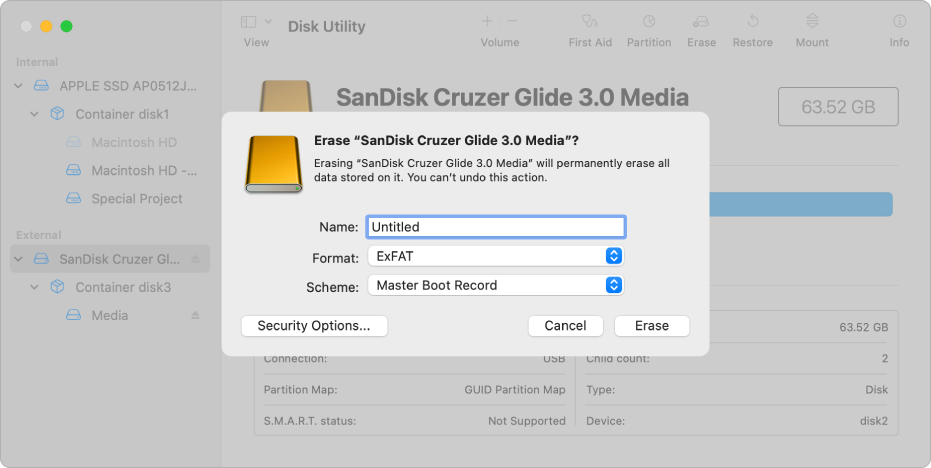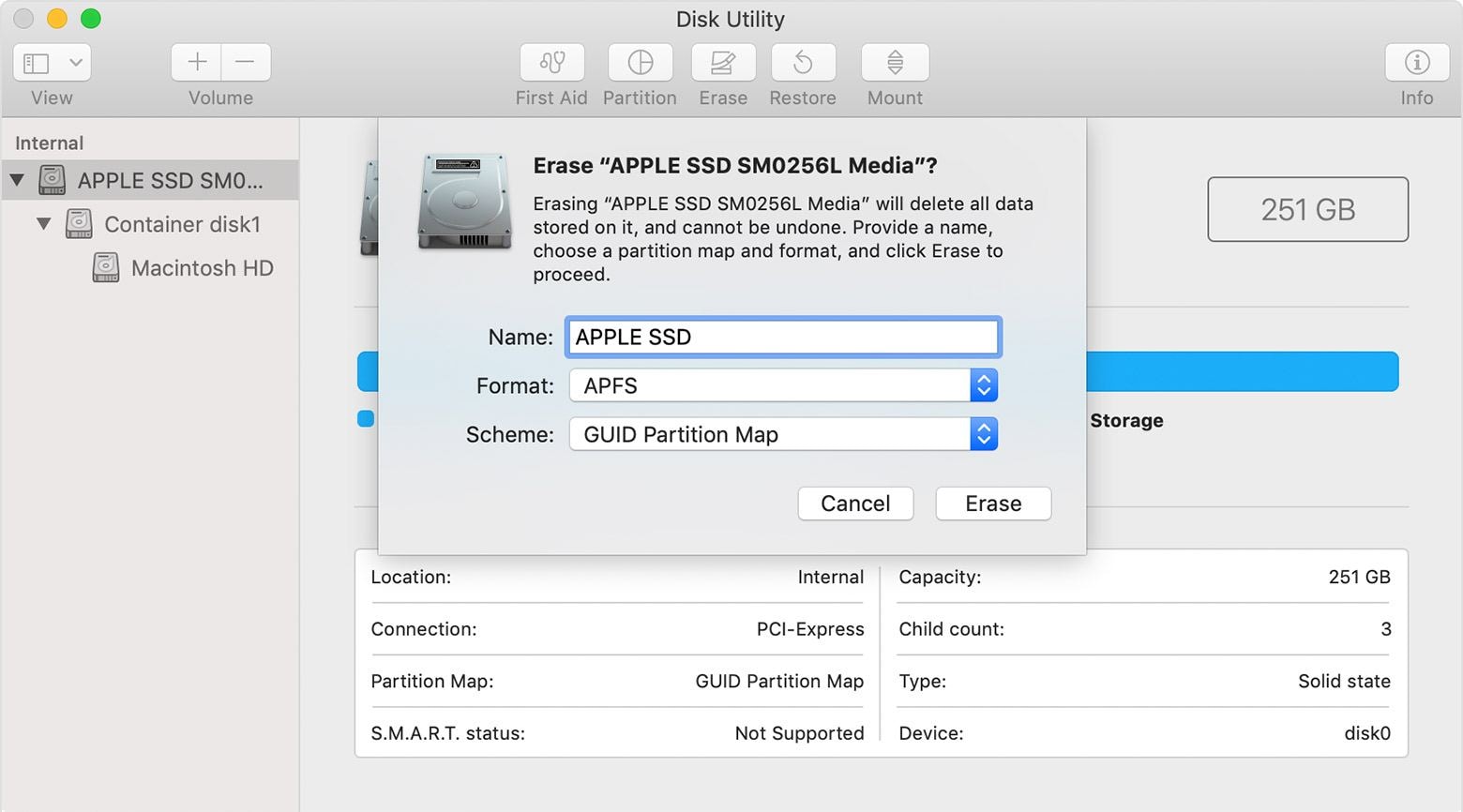


Microsoft introduced exFAT in 2006 it’s an optimized version of FAT, providing better performance advantages over FAT32. Now you’ll be able to save and copy files to your thumb drive on both Windows and OS X.
#FORMAT A NEW DRIVE FOR MAC MAC#
there are different options to choose from: you can recover your Mac from the last. In the Format list box, select ExFAT, enter a Volume Label if you want, then click Erase. Then I used Disk Utility to conduct a 7-pass wipe of the old files. Select your thumb drive in the Disk Utility window, then click the Erase tab. Launch Disk Utility press Command+Space then type: disk utility. If you only use a Mac computer, you can format your thumb drive to work on Windows systems.Ĭonnect the thumb drive to your Mac. In the File System list box, choose exFAT, type in a Volume Label if you want, and then click Start.Ĭlick OK to the format warning and wait until the process is complete. Right-click your flash drive and then select Format. Checking whether the hard drive is mounted In the Disk Utility app on your Mac. Prepare a Thumb Drive for Both Windows and OS X or macOS Format and Mount a new drive in RHEL (or any RedHat based Linux) The.

Before you start, though, make sure your thumb drive is formatted so it can work on both Windows and macOS. If you’re working in a mixed environment, where you might need to work on files between both systems, a handy solution is to use a thumb drive. This makes it difficult to move data between the two unless you have them networked together. MacOS uses the HFS+ file system, while Windows uses the NTFS file system that shares little in common.


 0 kommentar(er)
0 kommentar(er)
